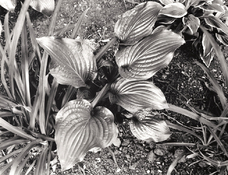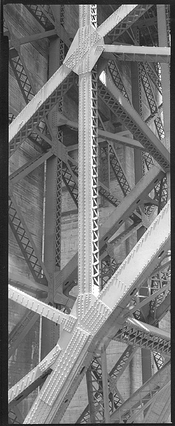... because it's not really a good developer to cope with the great outdoors!
I'm kidding a little bit, of course because this kind of outdoors scene actually does not have a large subject brightness range, and is in a way equivalent to a portrait lighting setup.
In other words, as long as you know the kind of light you're working with, what your developer does to your film, and what you want, everything can work.

DK-50 1:1 on HP5+, Rapid-Omega 58mm. Les Escoumins (Québec).
I'm kidding a little bit, of course because this kind of outdoors scene actually does not have a large subject brightness range, and is in a way equivalent to a portrait lighting setup.
In other words, as long as you know the kind of light you're working with, what your developer does to your film, and what you want, everything can work.
DK-50 1:1 on HP5+, Rapid-Omega 58mm. Les Escoumins (Québec).









